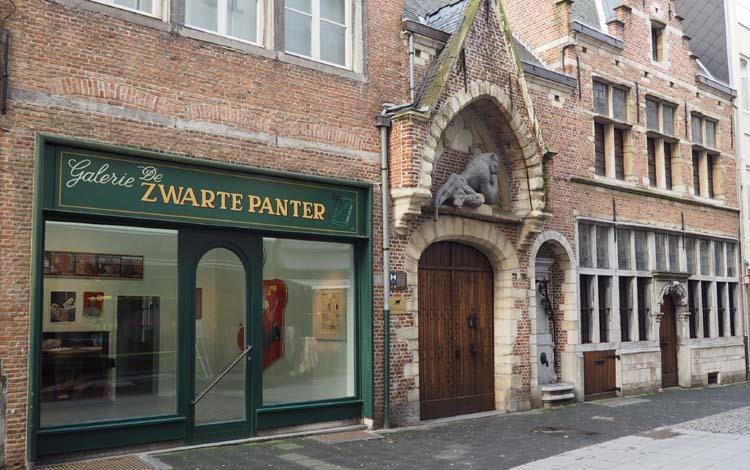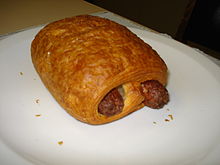Something new to look out for
We may boast several hundreds different types of beer, more than any other country in the world probably, but still that doesn’t seem to be enough. Brewers of all types regularly create new tastes, try out different combinations of hops or herbs, or like Moortgat, experiment with barrels.

Duvel (literally Devil) is a strong blond beer which is very popular. In recent years the brewery has released a triple hop version, with a different combination of hops each year and a really unique taste for each of the beers. Some bars today offer up to four different types of triple hop Duvel, and later this year, in April or May, depending on the evolution of the maturation, a barrel aged variety will be released. The oak barrels which are used previously stored bourbon, so the new variety will have a completely new set of aromas and tastes.
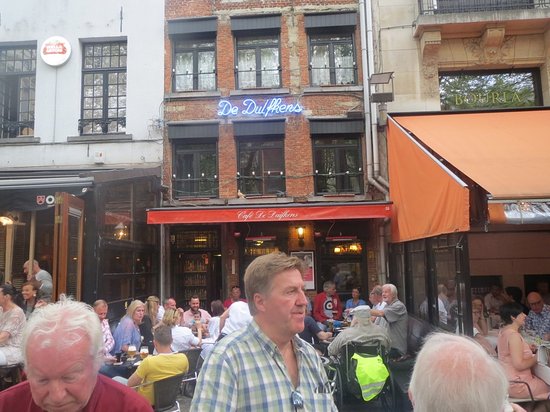

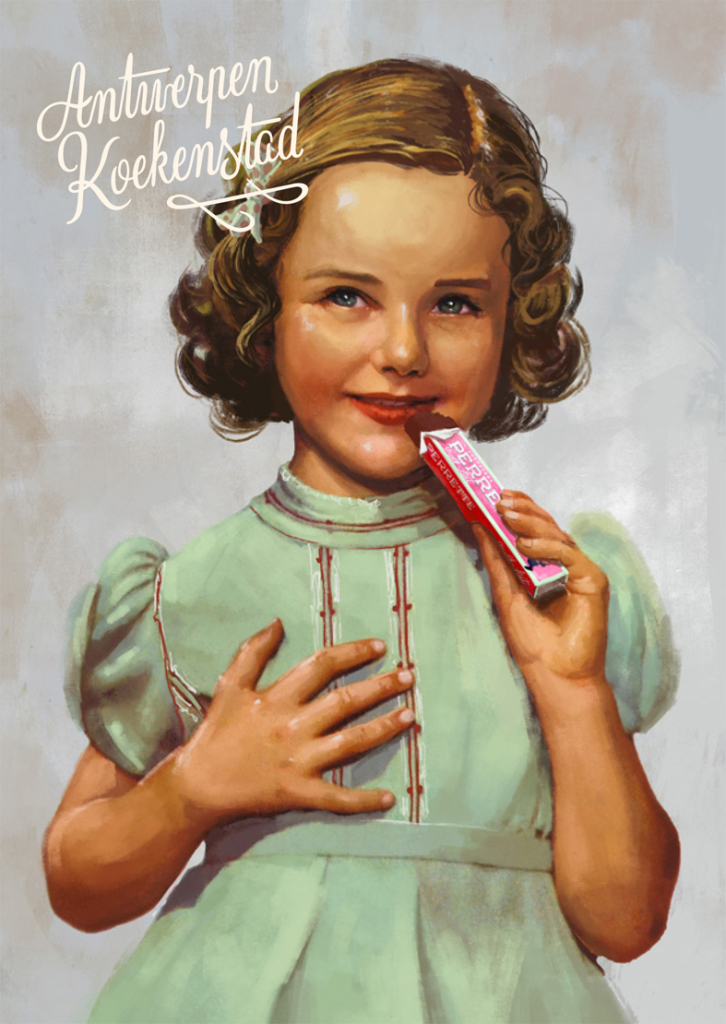
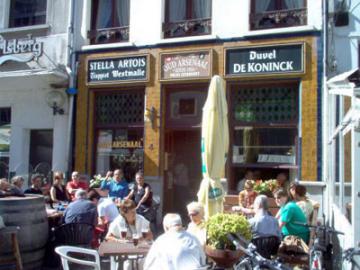 One of the really authentic bars in town is called ‘Oud Arsenaal’ (Old Arsenal) and is situated in the Maria Pijpelinckxstraat. In case you didn’t know: Maria Pijpelinckx was Rubens’ mother, so it shouldn’t surprise you you can find this bar in the neighbourhood of the Rubens House Museum.
One of the really authentic bars in town is called ‘Oud Arsenaal’ (Old Arsenal) and is situated in the Maria Pijpelinckxstraat. In case you didn’t know: Maria Pijpelinckx was Rubens’ mother, so it shouldn’t surprise you you can find this bar in the neighbourhood of the Rubens House Museum.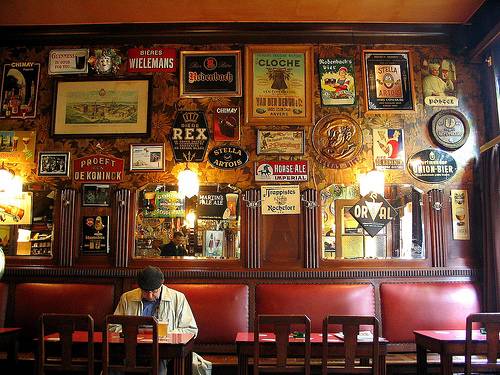 When you enter the cafe, you make a trip through time, going back nearly a hundred years. In 2009 a search was held to look for really authentic public bars and ‘Oud Arsenaal’ was selected as one of the top-locations.
When you enter the cafe, you make a trip through time, going back nearly a hundred years. In 2009 a search was held to look for really authentic public bars and ‘Oud Arsenaal’ was selected as one of the top-locations. Jan 28th the Chinese New Year was celebrated in Chinatown in the Central Station area of the city. Especially Wednesday Feb 1st will be a noisy day as fireworks and crackers are going to drive away the evil demons. But as from this year this is not the end of celebrations: the following weekend ‘The Asian Lifestyle Group’ is staging a food festival under the name ‘Asia in Antwerp’.
Jan 28th the Chinese New Year was celebrated in Chinatown in the Central Station area of the city. Especially Wednesday Feb 1st will be a noisy day as fireworks and crackers are going to drive away the evil demons. But as from this year this is not the end of celebrations: the following weekend ‘The Asian Lifestyle Group’ is staging a food festival under the name ‘Asia in Antwerp’.
